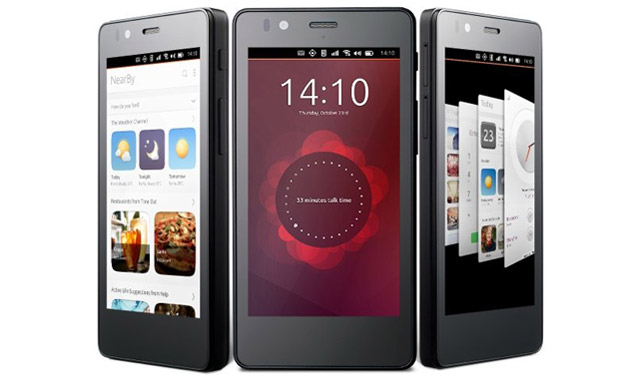
The first commercially available smartphone running Ubuntu, the open-source operating system developed by Canonical — the company founded by South African technology billionaire Mark Shuttleworth — is about to go on sale.
The phone won’t immediately be available through South African channels. Rather, it will be available across Europe from BQ.com through a series of “flash sales” in the coming weeks.
Described as the “perfect balance between price and specifications”, the phone, called the Aquaris E4.5 Ubuntu Edition, will retail for €169,90 (about R2 200 at the time of writing).
Canonical has spent several years working on a smartphone version of its Ubuntu Linux software, which already powers server infrastructure around the world and which is also a firm favourite of desktop Linux enthusiasts.
The Aquaris E4.5 is dual-Sim phone with a 4,5-inch display. It has an 8-megapixel rear-facing camera with autofocus and dual flash and a 5-megapixel front-facing “selfie” camera. The rear camera is also equipped with special sensors and a Largan lens.
The phone is powered by a MediaTek quad-core Cortex A7 processor that tops out at 1,3GHz. There’s also 1GB of RAM.
Operators such as 3 Sweden, amena.com in Spain, giffgaff in the UK and Portugal Telecom are offering Sim bundles at purchase for buyers in those countries, Canonical said.
The date, time and Web address for the first flash sale will be announced through @Ubuntu and @bqreaders on Twitter as well as Ubuntu G+ and Ubuntu Facebook within the next week, according to a statement.

“The launch of the first Ubuntu smartphones is a significant milestone. The new experience we deliver for users, as well as the opportunities for differentiation for manufacturers and operators, are a compelling and much-needed change from what is available today,” said Canonical CEO Jane Silber.
Ubuntu on smartphones uses “edge interactions” and “Scopes”, which Canonical describes as a “reinvention of the mobile user interface”.
They present a new way to access services such as music, social, Web and photos directly on the home screen. The company says Scopes avoid the pitfalls of rival platforms that “bury content and services inside multiple apps in an icon grid”.
“As any kind of content can be presented via Scopes, they provide developers with an easy path for their creations to be integral to the device experience,” the company said. “It is simple to create new Scopes via an easy to use user interface toolkit with much lower development and maintenance costs than traditional apps.” — © 2015 NewsCentral Media




